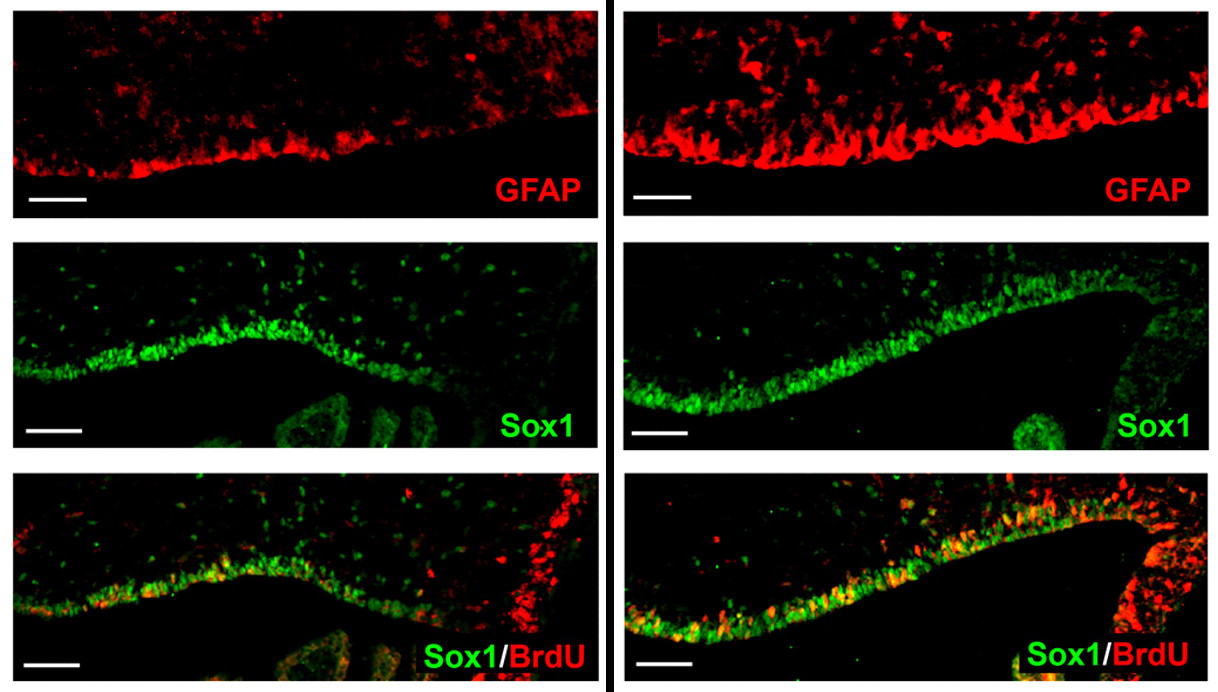Smart signaling in the developing brain
Posted by Erin M Campbell, on 10 May 2012
 The WNT pathway functions in so many processes during development that it is easy to be jealous of its multi-tasking abilities. A recent paper in Development describes the role of WNT signaling in neural stem cell proliferation.
The WNT pathway functions in so many processes during development that it is easy to be jealous of its multi-tasking abilities. A recent paper in Development describes the role of WNT signaling in neural stem cell proliferation.
WNT signaling plays an important role in neural development, axon guidance, cell polarity, and stem cell biology. WNT pathway mutations are linked to several different cancers, including medulloblastomas. Medulloblastomas are malignant tumors found in the cerebellum of the brain and are more commonly found in children. Recently, Pei and colleagues asked which cells in the developing cerebellum were responsive to canonical WNT signaling and found that WNT signaling promotes proliferation of neural stem cells (NSCs), the major source of neurons on the cerebellum. WNT signaling, however, did not induce proliferation in granule neuron precursors, the other major class of progenitors in the cerebellum. In addition, Pei and colleagues used transgenic mice with an inducible allele of β-catenin to find that constitutive activation of WNT signaling induced NSC proliferation in vivo. This increase in proliferation, however, caused NSCs to lose the ability to undergo self-renewal or differentiation. The images above show cerebellum tissue from a control mouse (left) and a transgenic mouse with activated β-catenin (right). Constitutively active WNT signaling caused an increase in the population of NSCs (G-FAP, Sox1), which were also actively proliferating (BrdU, bottom).
For a more general description of this image, see my imaging blog within EuroStemCell, the European stem cell portal.
![]() Pei, Y., Brun, S., Markant, S., Lento, W., Gibson, P., Taketo, M., Giovannini, M., Gilbertson, R., & Wechsler-Reya, R. (2012). WNT signaling increases proliferation and impairs differentiation of stem cells in the developing cerebellum Development, 139 (10), 1724-1733 DOI: 10.1242/dev.050104
Pei, Y., Brun, S., Markant, S., Lento, W., Gibson, P., Taketo, M., Giovannini, M., Gilbertson, R., & Wechsler-Reya, R. (2012). WNT signaling increases proliferation and impairs differentiation of stem cells in the developing cerebellum Development, 139 (10), 1724-1733 DOI: 10.1242/dev.050104


 (1 votes)
(1 votes)